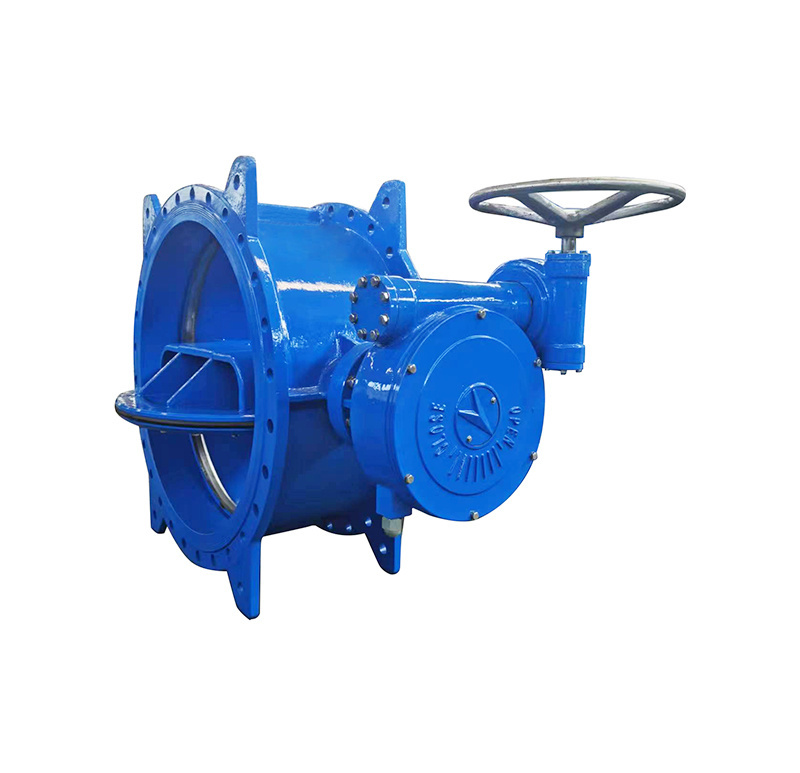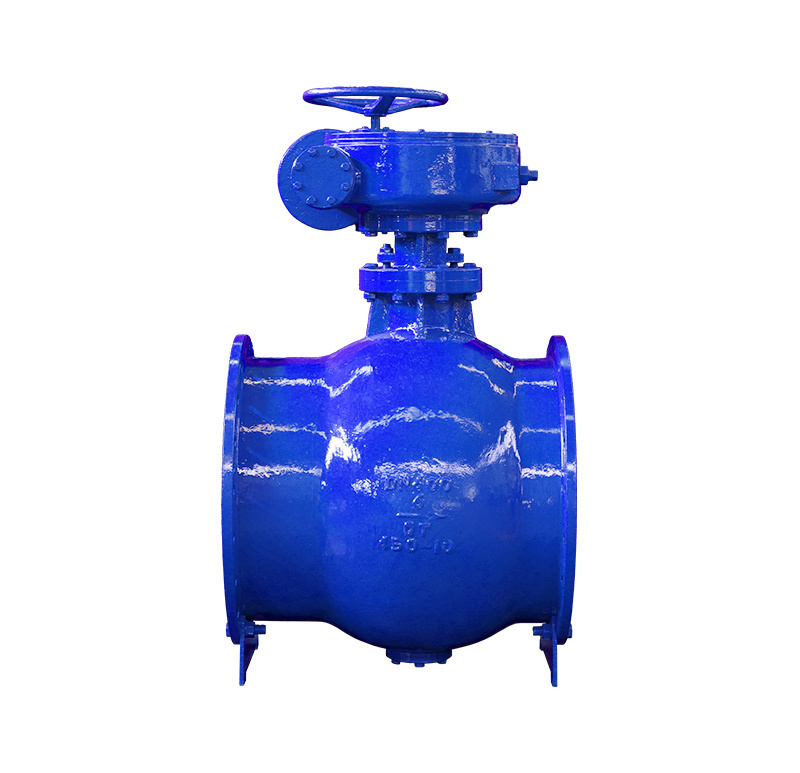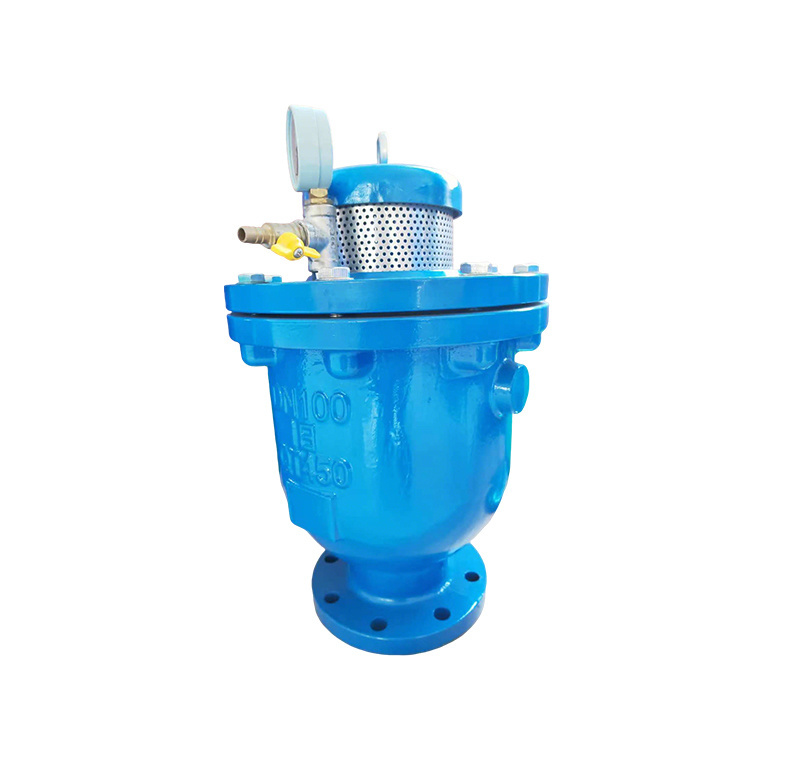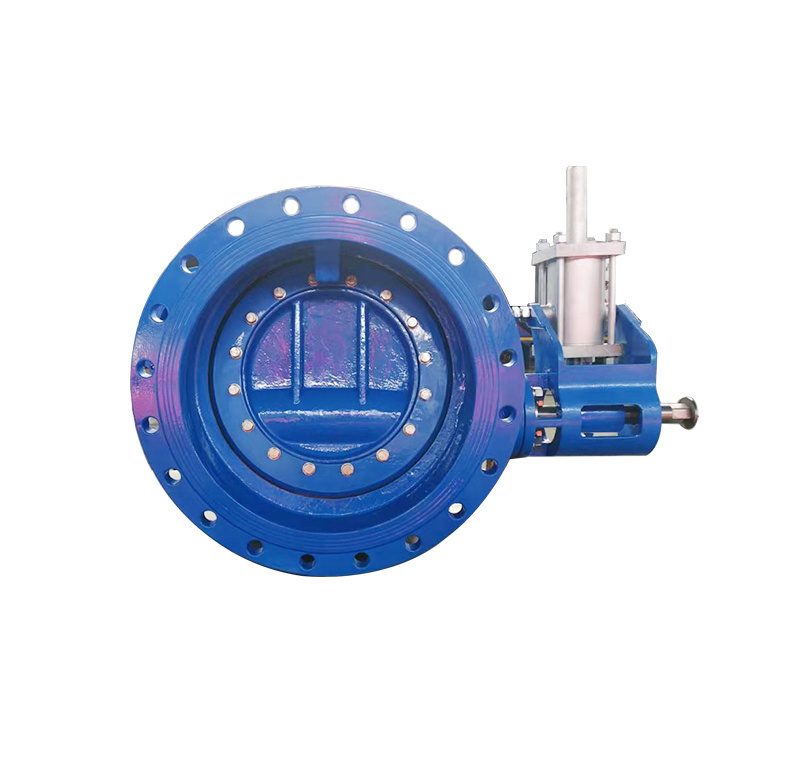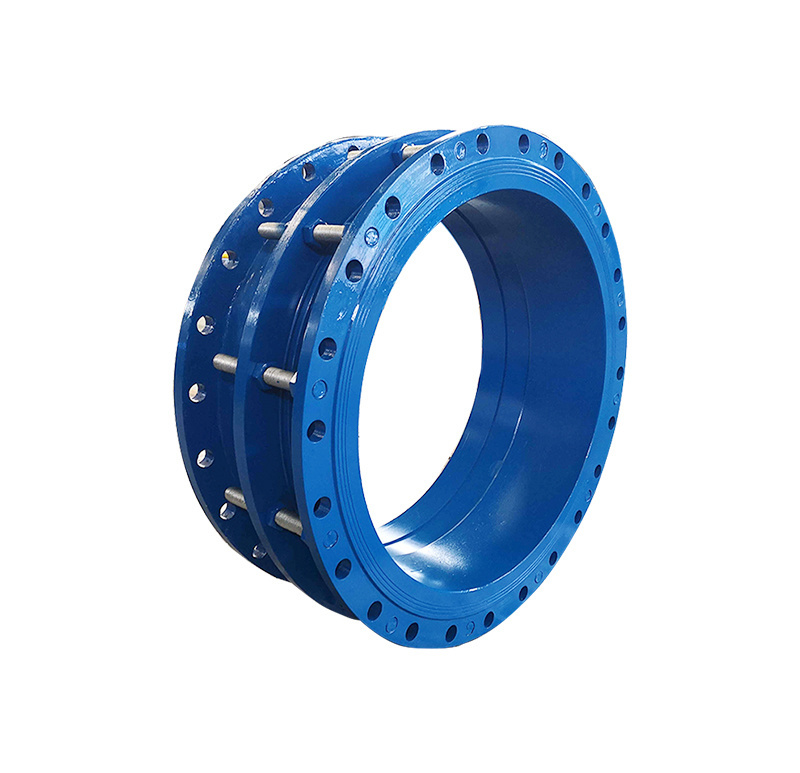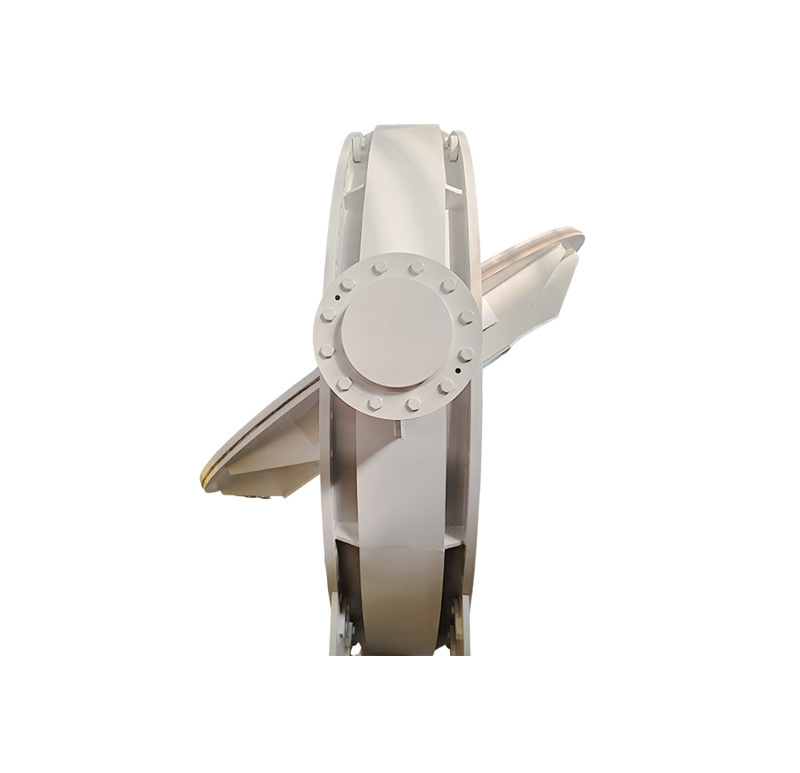Understanding the Importance of Quality Butterfly Valves in Industrial Applications
Butterfly valves are a type of quarter-turn valve used extensively in various industrial applications to regulate or isolate the flow of fluids. Their simplicity, compact design, and cost-effectiveness make them a popular choice in sectors such as water treatment, chemical processing, and HVAC systems. However, the effectiveness of a butterfly valve significantly hinges on its quality.
One of the
Butterfly valves are a type of quarter-turn valve used extensively in various industrial applications to regulate or isolate the flow of fluids. Their simplicity, compact design, and cost-effectiveness make them a popular choice in sectors such as water treatment, chemical processing, and HVAC systems. However, the effectiveness of a butterfly valve significantly hinges on its quality.
One of the primary factors influencing the quality of a butterfly valve is the materials used in its construction. High-quality butterfly valves are typically made from robust materials like stainless steel, cast iron, or high-performance plastics, which ensure durability and resistance to corrosion and wear. The choice of material can affect not only the valve's lifespan but also its performance in specific environments, such as high-pressure or high-temperature applications.
Another critical aspect of quality butterfly valves is their design and manufacturing processes. Precision engineering is essential to ensure that the valve operates smoothly and efficiently. Quality butterfly valves feature tight seals that prevent leakage, which is a common issue with lower-quality options. The design of the disc and the seat must also facilitate a smooth flow while minimizing pressure loss. Attention to detail in manufacturing can significantly enhance the valve's performance and reliability.
In addition to materials and design, quality control during the manufacturing process is paramount. Reputable manufacturers employ stringent testing procedures to ensure that each butterfly valve meets industry standards and specifications. This includes pressure testing, leakage tests, and performance evaluations to ascertain that the valves can withstand operational demands without failing.
It’s also worth noting that maintenance plays a vital role in the longevity and functionality of butterfly valves. Regular inspection and timely replacement of worn components can help maintain the quality and performance of the valve over time. Adopting proactive maintenance strategies can prevent costly downtimes and enhance the overall efficiency of industrial operations.
In conclusion, when considering butterfly valves for industrial applications, investing in quality should be a top priority. The materials, design, manufacturing processes, and maintenance practices all play integral roles in determining the valve's effectiveness and durability. By prioritizing quality, industries can ensure reliable operation, reduced leakage, and enhanced performance, ultimately contributing to the success of their operations. Understanding these facets of quality butterfly valves equips industry professionals with the knowledge to make informed decisions that positively impact their systems.
One of the primary factors influencing the quality of a butterfly valve is the materials used in its construction. High-quality butterfly valves are typically made from robust materials like stainless steel, cast iron, or high-performance plastics, which ensure durability and resistance to corrosion and wear. The choice of material can affect not only the valve's lifespan but also its performance in specific environments, such as high-pressure or high-temperature applications.
Another critical aspect of quality butterfly valves is their design and manufacturing processes. Precision engineering is essential to ensure that the valve operates smoothly and efficiently. Quality butterfly valves feature tight seals that prevent leakage, which is a common issue with lower-quality options. The design of the disc and the seat must also facilitate a smooth flow while minimizing pressure loss. Attention to detail in manufacturing can significantly enhance the valve's performance and reliability.
In addition to materials and design, quality control during the manufacturing process is paramount. Reputable manufacturers employ stringent testing procedures to ensure that each butterfly valve meets industry standards and specifications. This includes pressure testing, leakage tests, and performance evaluations to ascertain that the valves can withstand operational demands without failing.
It’s also worth noting that maintenance plays a vital role in the longevity and functionality of butterfly valves. Regular inspection and timely replacement of worn components can help maintain the quality and performance of the valve over time. Adopting proactive maintenance strategies can prevent costly downtimes and enhance the overall efficiency of industrial operations.
In conclusion, when considering butterfly valves for industrial applications, investing in quality should be a top priority. The materials, design, manufacturing processes, and maintenance practices all play integral roles in determining the valve's effectiveness and durability. By prioritizing quality, industries can ensure reliable operation, reduced leakage, and enhanced performance, ultimately contributing to the success of their operations. Understanding these facets of quality butterfly valves equips industry professionals with the knowledge to make informed decisions that positively impact their systems.
Previous









